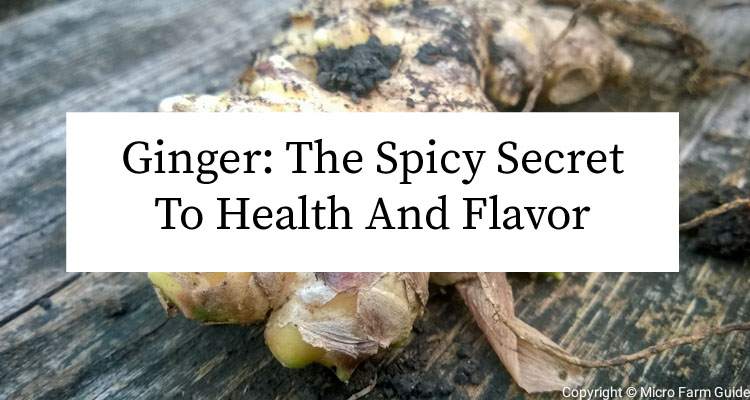Ginger, or Zingiber Officinale, is a unique spice that is used extensively in cooking and traditional medicines.
It’s a little powerhouse, containing over 400 compounds, some of which contribute to its taste while others suggest several medicinal properties.
In fact, for centuries many people have added Ginger to food not only for flavor but to also aid in digestion.
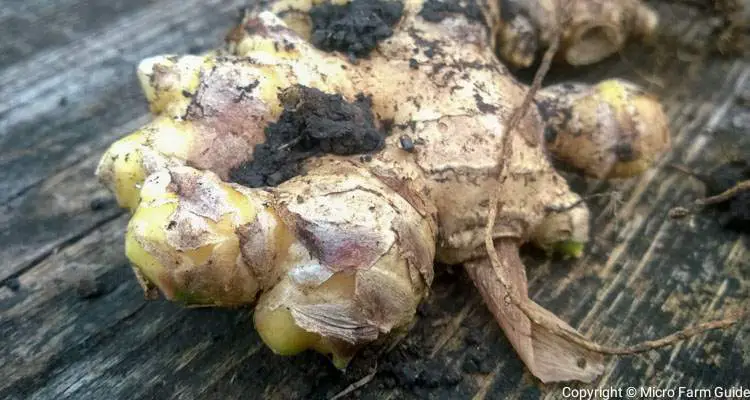
In this article, we’ll explore some amazing uses and benefits of Ginger, as well as simple instructions for growing it in your own garden.
But before we go any further, let’s clear up a little misunderstanding about Ginger.
- What Is Ginger?
- Ginger’s Cultural And Traditional Roots
- The Health Benefits of Ginger
- Simple Way To Grow Ginger At Home
- How To Use And Store Ginger
What Is Ginger?
Ginger is a tropical plant belonging to the Zingiberaceae family. It’s been used for medicinal purposes in India and China for over 5000 years.
Despite this, the exact origin of Ginger is unknown since there isn’t clear evidence of it growing in the wild.
The Ginger plant grows in clumps and has several thin, dark-green, spear-like leaves growing at intervals along the stems.
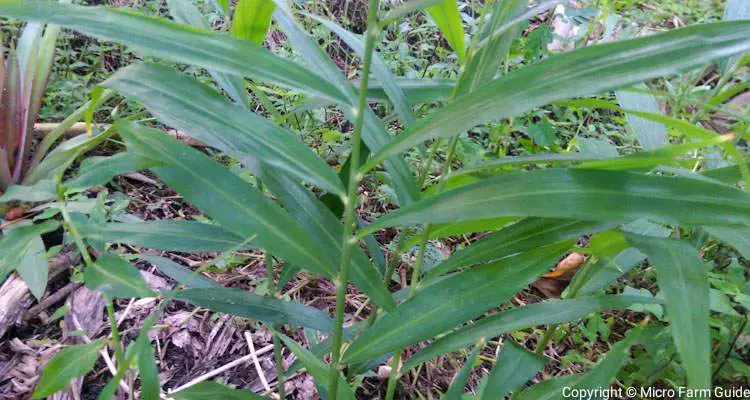
These stems usually grow from one fleshy mass referred to as the “ginger root,” which is light brown on the outside and pale yellow on the inside.
However, contrary to popular belief, Ginger is not a root but a rhizome, or swollen stem that grows horizontally underground.
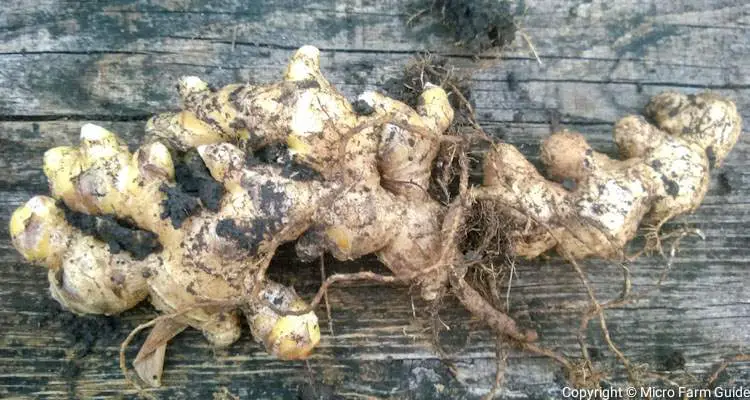
To date, Ginger is grown extensively throughout Asia but is now also cultivated in tropical regions around the world.
Ginger’s Cultural And Traditional Roots
Ginger is one of the most popular spices, which has been traded since ancient times.
As a result, it has deep cultural ties in most of the world, where it now plays an integral part in various cultural celebrations.
For example, in the Caribbean, Sorrel and Ginger beer are iconic beverages associated with Christmas celebrations.
In fact, legend has it that Queen Elizabeth I of England invented the gingerbread man, which is not only a popular Christmas treat but has since become part of folklore and other famous tales.
That said, while Ginger has impacted the world for its flavor and culinary attributes, we have to remember it has been revered for its healing powers for thousands of years
The Health Benefits of Ginger
Ginger is nutrient-dense with over 400 beneficial compounds, the most well-known being Gigerol.
Gingerol is a natural compound found in Ginger that has been proven to assist with digestion and the rate at which food leaves the body.
This, in turn, assists with bloating, nausea, constipation, and other forms of stomach discomfort.
Also, Ginger is well-known for its antioxidants and anti-inflammatory properties, suggesting additional immune-related health benefits.
However, apart from these, there are ongoing studies concerning Ginger’s role in lowering blood sugar and cholesterol and managing depression.
Yet, there are several warnings concerning the use of Ginger, especially in concentrated supplemental states. Since it can interact with certain medications.
According to some practitioners, you can gain many of the benefits by simply brewing and consuming ginger tea.
Simple Way To Grow Ginger At Home
Ginger powder is excellent, but it definitely cannot compare to the taste of fresh Ginger.
Thankfully, growing Ginger is easy, especially if you live in a warm place. Here’s how:
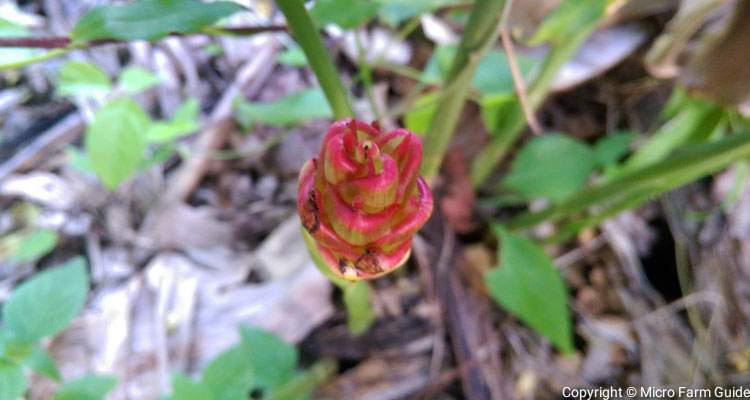
Step 1. Choose a Suitable Location
First, you’ll need to select a spot in your garden that receives partial sunlight, where the soil is well-draining, loose, and rich in organic matter.
Alternatively, you can use a large container – the wider, the better to allow the rhizomes to spread horizontally.
Step 2. Obtain Ginger Rhizomes
Next, get fresh ginger rhizomes from a reliable source, like a grocery store or garden center.
Some vendors treat Ginger with growth inhibitors or salt to keep them from growing. So, if you need more clarification, look for signs of growth.
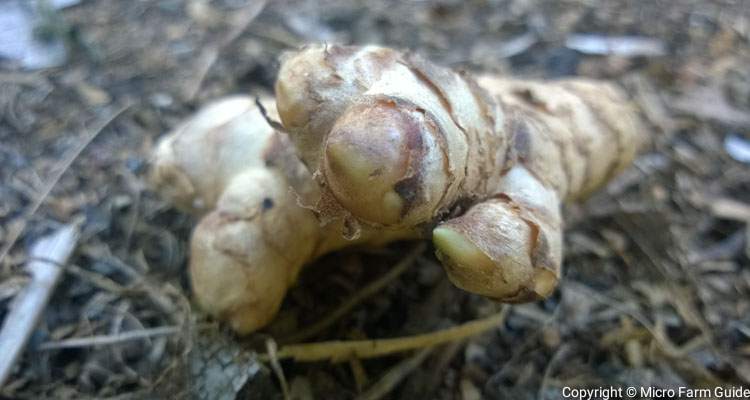
Step 3. Prepare the Rhizomes
Then, cut the ginger rhizomes into pieces with at least one “eye” or bud each.
Afterward, allow the cut pieces to air dry for a day or two until the cut calluses a bit.
That said, avoid cutting smaller pieces of Ginger, as these will dry out or rot in the soil without growing.
Step 4. Plant Ginger Rhizomes
Dig a shallow trench about 2-4 inches deep. Place the ginger rhizome pieces with the “eyes” facing up.
Space them about 12 inches apart. Cover the rhizomes with soil and water gently.
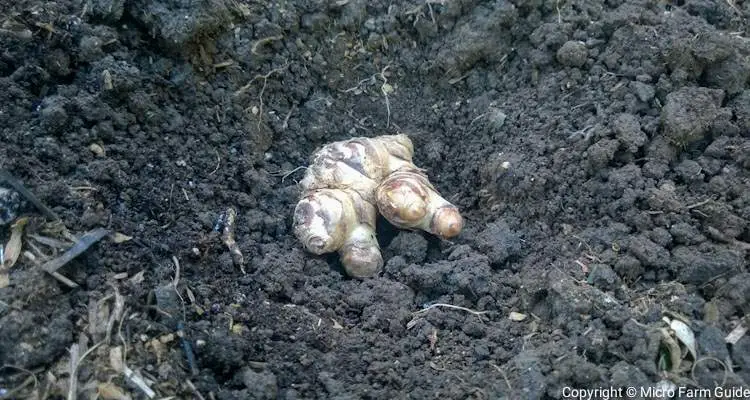
Note: You can soak the pieces of rhizomes in water overnight before planting to ensure they are well hydrated.
Step 5. Care and Maintenance
Water the Ginger regularly to keep the soil consistently moist but not waterlogged.
Mulch the area around the ginger plants to retain moisture and suppress weeds.
The Ginger plant can take up to one month to emerge, based on the growing conditions, so you must be patient.
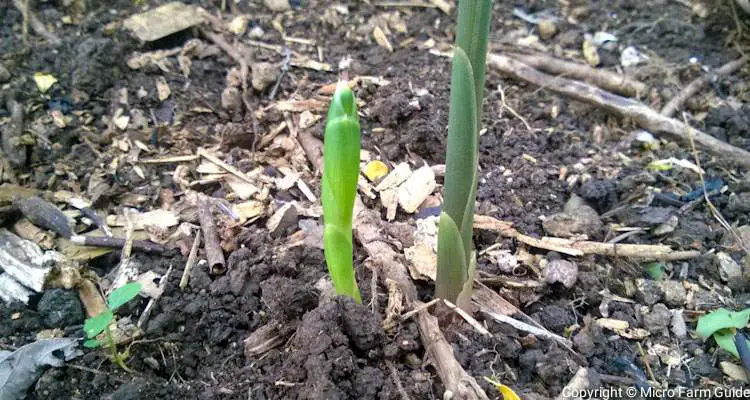
Step 6. Fertilize Sparingly
You can use a balanced, all-purpose natural fertilizer sparingly during the growing season.
However, this is unnecessary if you prepare the soil properly and keep it covered with an organic mulch.
Step 7. Harvest When Ready
You can harvest your Ginger rhizomes when the plant is about 10 to 12 months old.
To harvest, you have to gently dig up the rhizomes, being careful not to damage them.
Cut off the desired amount of Ginger, leaving the rest in the ground for future growth.
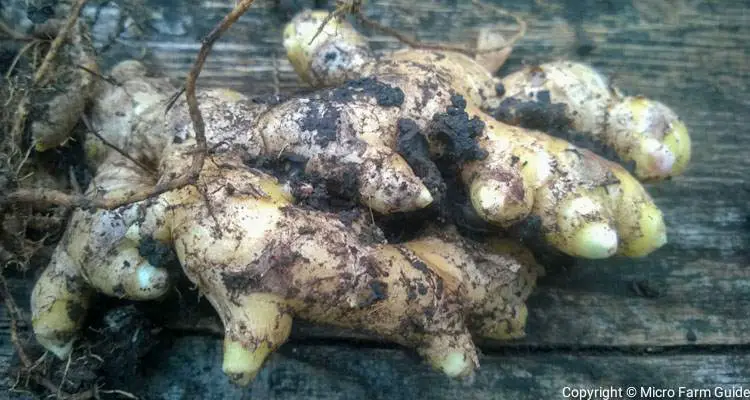
Growing Ginger in your garden can be a rewarding and fun experience. With a bit of care, you can enjoy fresh, homegrown Ginger in your cooking and beverages for years to come.
How To Use And Store Ginger
Ginger is like a chef’s secret weapon. It draws out the flavor of other ingredients while adding a unique spicy flavor of its own.
You can use Ginger to flavor soups, stews, meats, and stir-fries, but it doesn’t stop there.
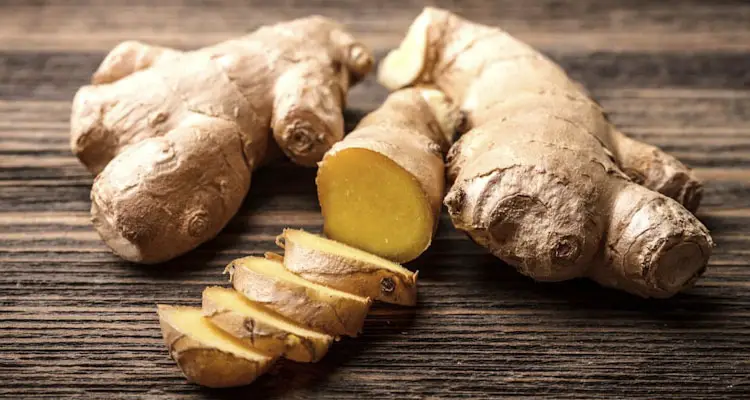
You can use Ginger to make beverages such as ginger beer, wines, and the ever-popular Ginger Tea, which also has therapeutic and medicinal benefits.
That said, you can make ginger tea by boiling a few thinly sliced pieces of Ginger in water for about 10 to 15 minutes, then strain, and enjoy. Add some honey to flavor it if you wish.
You can use Ginger, both dry and fresh, but as mentioned before, fresh Ginger has an intense flavor that is second to none.
If you have extra Ginger, you can store it in the refrigerator or freezer, where it can remain fresh for use later.
Final Thoughts
Thank you for taking the time to learn more about this treasured herb!
As we’ve seen, Ginger is not just a spice but a versatile plant that can add flavor to your dishes and bring comfort to an upset stomach.
Why not try using Ginger in your next meal or make a cup of soothing ginger tea? You can even consider growing your own Ginger in your garden.
And if you’re curious about other unique plants, feel free to check out our Plant Guide. Happy exploring!
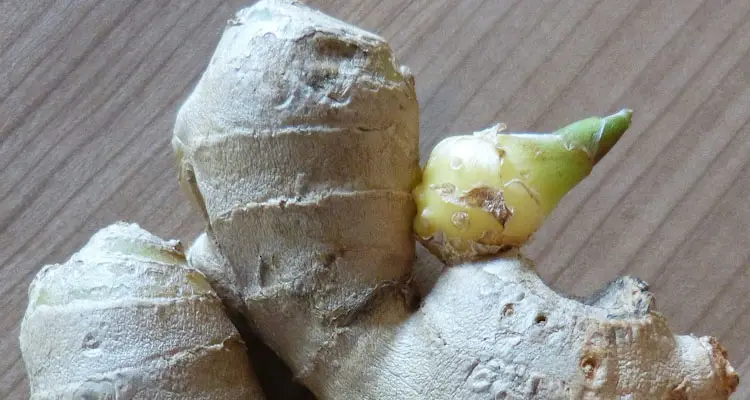
Related Questions
1. What does Ginger do for the body?
Ginger contains Gingerol, which is known to aid in digestion and movement of food through the digestive tract. This also helps to relieve nausea, bloating, and a host of other inflammatory and digestive issues.
2. Can Ginger help you sleep?
Ginger can help improve sleep indirectly by assisting digestion, making you more comfortable for a better night’s rest.
3. How to drink Ginger?
To drink Ginger, you can make ginger tea or brew it into various other juices or fermented beverages such as ginger beer and wine.
4. Does Ginger detox your body?
Ginger can help your body detox by stimulating digestion, sweating, circulation, and other bodily functions. This assists in removing waste and toxins from various organs. However, you must still eat healthy and stay hydrated for the best results.
References
John’s Hopkins Medicine. Ginger Benefits. hopkinsmedicine.org. Accessed October 2023
National Library Of Medicine. The Amazing and Mighty Ginger. ncbi.nlm.nih.gov. Accessed October 2023
NC Cooperative Extension. Growing Ginger At Home. hoke.ces.ncsu.edu. Accessed October 2023
Wisconsin Horticulture. Ginger, Zingiber Officinale. hort.extension.wisc.edu. Accessed October 2023

